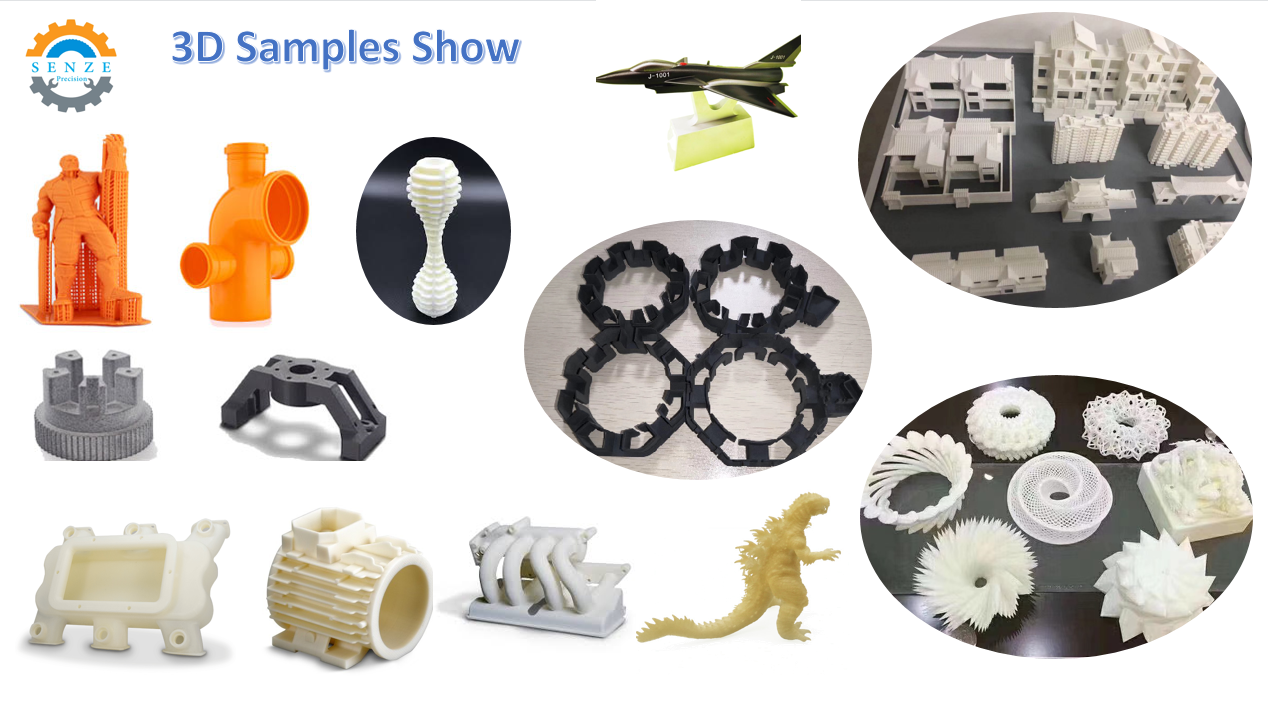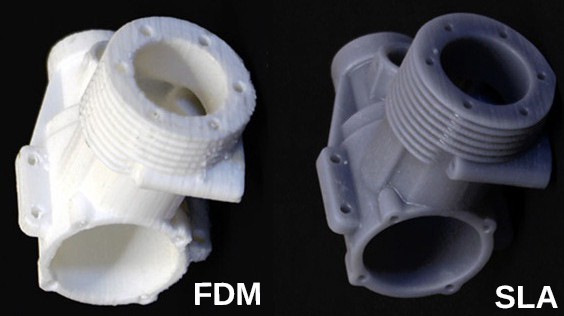3D printing technology, as know as “Additive Manufacturing” technology, is a manufacturing method that uses a three-dimensional computerdesign model as a blueprint, through software layeringdiscrete and CNC forming system, using laser beams, hot melt nozzles and other ways to stack and bond plastic, metal powder, ceramic power, cellular tissue and other special materialas layer by layer, and finally overlay molding to create a soild product.
According to the definition of 3D printing, two key points can be indentified.
1. The 3D printing process can be summarised simply as model design, printing, post-processing,meaning that only a 3D printer is required between design and blank part, where the equipment input is grearly reduced.
2. There are many types of 3D printing, which can generally be classified in terms of both material type and moulding process, making 3D printing a family with a large number of members. For different applications, the materials used for 3D printing and the technical principles used are likely to be vastly different.
From these two points, we can further launch into the potential of 3D printing, the power and ease of turning ideas into real products quickly. It can be said that, with the right choice of materials and technology, 3D printing can produce complex structures(dot- matrix, topology, create-to-form designs, etc.) that are not possible with traditional machining, and for small,flexible manufacturing scenarios, 3D printing is undoubtedly the best for small-volume flexible manufacturing scenarios. However, under current conditions, the advantages of 3D printing are also the limitations 3D printing technology.
1. 3D printing requires a different design mindest to that of the past. Traditional designs are usually based on function, but also need to consider the constraints of machining processes to achieve a smooth transaltion from design to product, and therefore may make certain compromises in terms of function. 3D printing, on the other hand, allows the designer maximum freedom to prioritise the design from a functional perspective. However, this shift in mindest and its cultivation is still lacking, affecting the practical use of 3D printing.
2. The choice of materials for 3D printing is still narrow, although it can be said to cover various broad categories, there are more detailed subdivisions under these broad categories, and currently the main materials for 3D printing are only a small part of the materials under these subdivisions, and there would be some difficulties in coverting them if they were to be used directly for traditional manufacturing.
3. The limitations of the 3D printing technology itself. There is a wide range of 3D printing technologies, but none of them can be said to match the requirements of industrial manufacturing interms of ease of use, performance, processing accuracy and appearance. Usually 3D printed products are only semi-finished and still need to be finished by traditional processes(CNC, polishing, plating, dyeing, etc.), which reduces the advantages of 3D printing in terms of pre-design.
4. Other aspects such as cost, efficiency, etc. also affect the mass adoption of 3D printing.
Therefore, the adoption and promotion of 3D printing needs to be matched with specific applications in order to maximise the benefits and value of 3D printing.
Post time: Feb-08-2023

